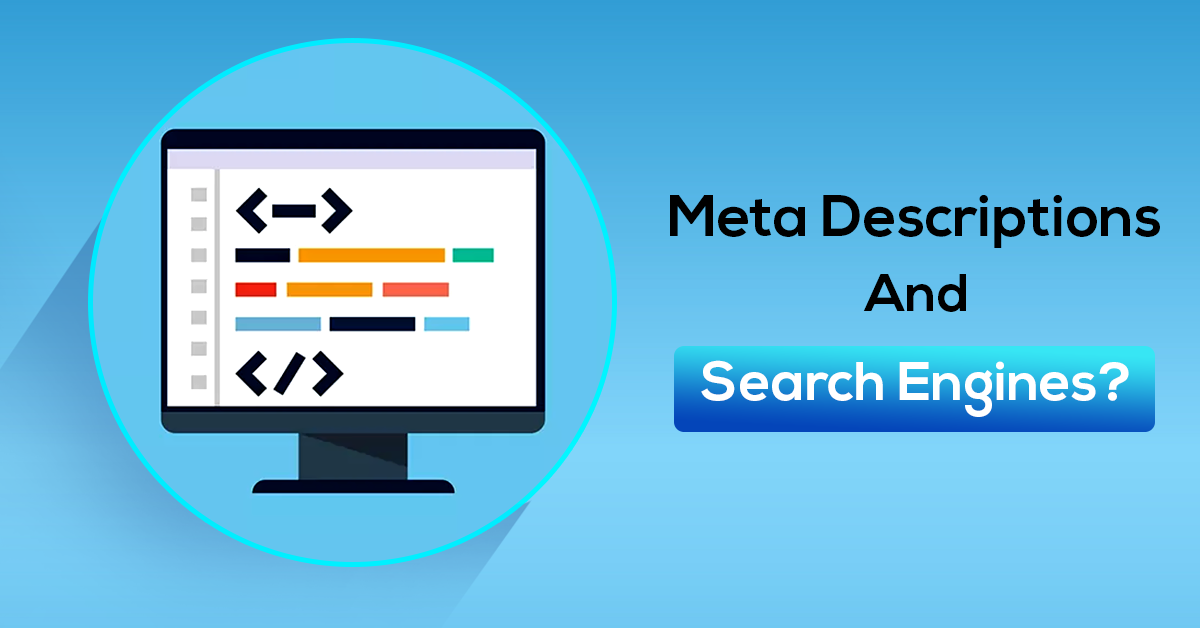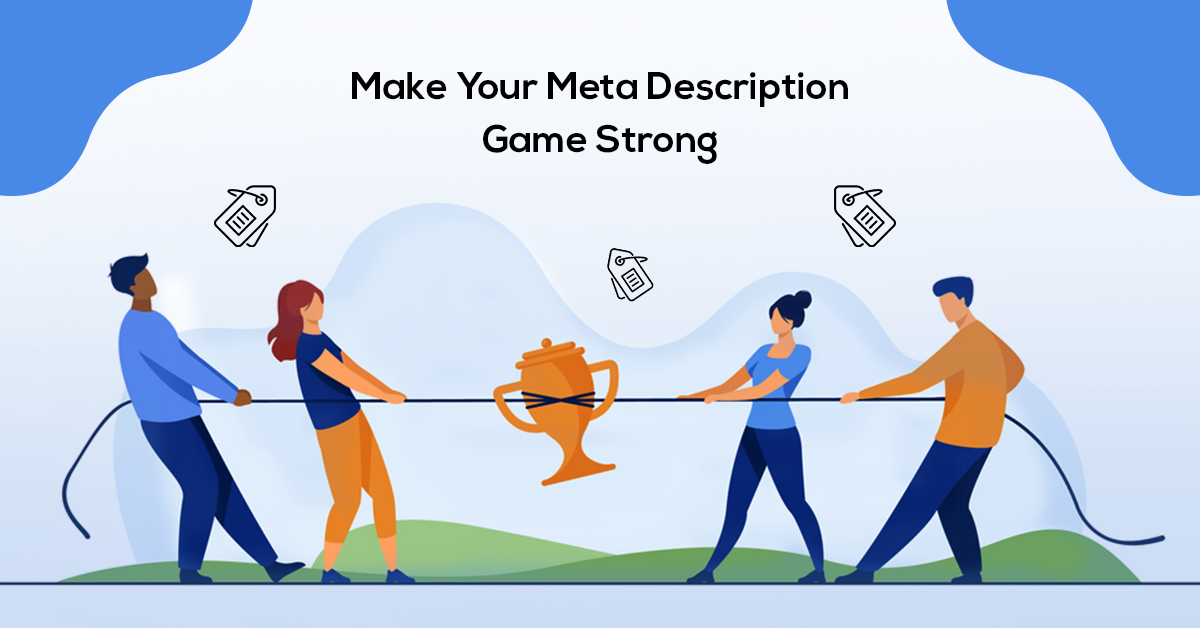
Do you want to enhance your SEO game by learning how to write catchphrase-rich and better meta pieces? You've come to the correct location, because this tool is connected with generating a tick commendable meta representation, the best meta portrayal length, and meta depiction models, among other things.
But, first and foremost: what the heck is a meta portrayal? It's a summary of a page that frequently appears in query items when the watchwords are included into the web crawler, which is estimated at 160 characters.
You can enhance meta images. We'll show you how to deal with receiving more photos, from making them noticeable by including a source of inspiration to creating engaging outlines.
What Are Meta Descriptions and How Do Search Engines Use Them?

Web indexes use meta descriptions to understand your page's content. Google frequently pulls up this rundown portion and displays it in the list items, which is convenient.
Is that to say that a watchword enhanced meta picture is an important positioning element to be concerned about? The answer isn't as simple as you would think. “Despite the fact that we at times utilize the portrayal meta tag for the scrapes we show, we actually don't use the depiction meta tag in our positioning,” according to Google.
If meta portrayals are not a positioning element, why should you believe you're still comprehending this? We'll get to that later.
Do Meta Descriptions Still Have a Role in SEO?
Because meta descriptions influence how many people click on your page (CPC), they are still important for SEO. Allow me to explain: prior to jumping across the Internet, most folks read a site's rundown, also known as the meta portrayal (indeed, at the very least it's something they look at). Allow me to clarify:
In the case that you figure out how to get your visitors to read your post, you'll primarily focus on improving your active visitor clicking rate. As a result, this CTR enhances your SEO game even further.
Furthermore, Google encourages you to make sure that each page on your website has a meta depiction. It also discovered a method to expand the meta depiction length in 2017, implying that Google appreciates meta portrayals for allowing searchers an idea of what's going on with a website.
This shows that, while SEO is mostly concerned with satisfying your users, it also linked to the web search tools. The more pleased your user is with your meta depiction, feature title, and other elements of your page, the higher rankings you will receive. As a result, it may be said that meta portrayals have an impact on SEO. In a roundabout fashion, if not directly.
How Can I Improve My Meta Description?

Let's look at some meta depiction instructions to get a better idea of what works. Consider how far you need guests to go on your site. All things considered, meta depictions are more about navigate rates than anything else. How about we check out some meta portrayal instructions to see if they can help us figure out what works best for meta portrayals?
“Don't be afraid to go a little mad,” advised Bob Bentz of Purplegator. “Do something remarkable,” urges Purplegator's Bob Bentz. Because the meta picture plainly influences your ranking (with the exception of the impending active clicking element, obviously), you must differentiate yourself from other postings on the page.
“Take a shot at writing another tiny one. Make a wild case. To stand out, do anything. Just make sure you remember your meta phrase, use a dynamic (not aloof) voice, and include something that inspires you. In any case, whatever you decide, don't "set it and forget it." One thing that SEO practitioners never try is trying something new.”
Give experiences into the theme while also keeping the peruser interested.
Make your meta impression on your watchword.
“What methods can we use to figure that out?” Given their strength in coordinating catchphrases within meta images to show clients which pages contain what they're looking for. This is a simple hack because Google, as a machine, searches for the most relevant results to display to its customers. In addition, including catchphrases in meta depictions is an easy way to become more applicable. ”
Use LSI terms in your meta depiction. For your watchwords, concentrate on Google Autocomplete and LSI keywords, and utilize them to build the meta portrayal of your substance. This process reflects back to clients what they are searching for, which will boost CTRs.
Remember to include a guarantee in your meta description.
In response to a potential user's inquiry, they must know the article they click on in order for them to understand what they're looking for. Counting how much an individual will learn or the problem that will be resolved is a technique to catch a higher CTR in your internet advertising and SEO.
Prior to writing your meta description, Google search promotions are a great hack. It comes from Jordan Schneider of Soundstripe, who says, "Look at the advertising that show up in Google Search for the page's designated catchphrase."
“You should have additional CTR with those promotions, since you know the publicists are continually testing it, and AdWords is the only location where advertisers can purchase top-positioned display ads. Embrace what appears to be common in those campaigns, and you'll have a higher CTR as a result of your comprehension.”
“Don't be too timid. Be more daring,” said Murali. “Meta pictures should be modified for each page and expanded on the title tag.”
To work out how long your meta depiction should be, use apparatuses.
